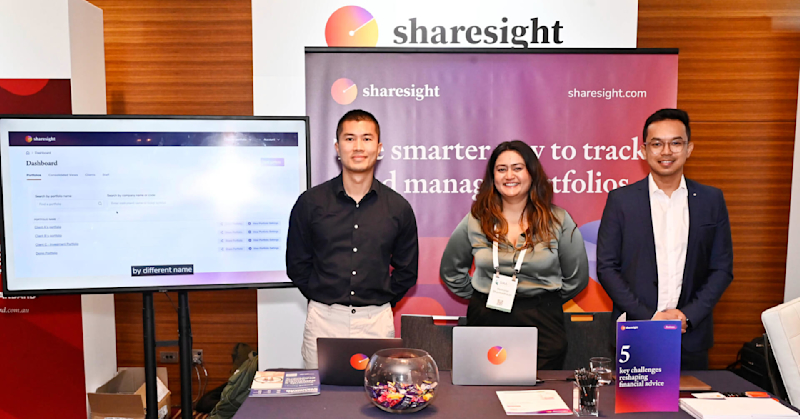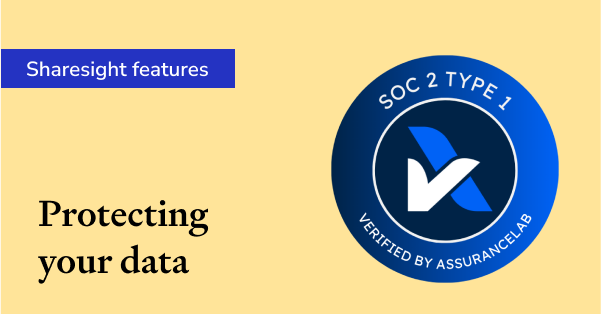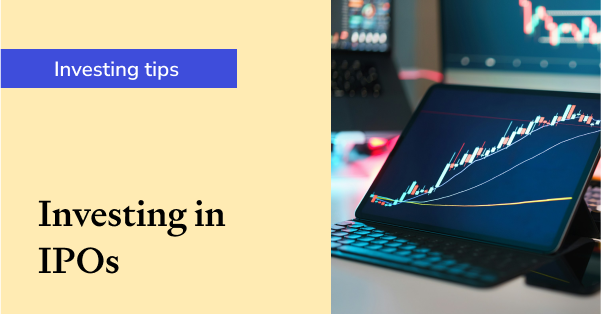How smart advisers are leveraging disruption
During August we travelled around the country with ASX. They were doing an educational tour for financial advisers on mFund, their product that lets DIY & professional investors access what used to be unlisted managed funds. They invited us to explain how advisers can track and administer mFunds off-platform.
Essentially, mFund lets anyone buy and sell managed funds via an online broker (which can be tracked on Sharesight). With about 100 options available from some of the best-known fund managers, we think this service is going to be massively popular.

Financial advisers are moving away from platforms and wraps for various reasons. As they move towards fee for service, they're looking for more flexibility, better software, and clients are demanding lower fees of course. They're searching for ways to decouple investment selection, execution, and reporting. But with decoupling comes disruption.
For the fund managers, eventually just being listed on a platform will no longer mean guaranteed inflows. They'll begin to market their funds (i.e. mFunds) directly to investors. Some US-based managers have gotten really good at this. Fidelity, for example is just as much an online broker as they are a fund manager. They've also launched a roboadvice offering.
Where does this leave financial advisers?
In a great position to prove their worth. According to ASX, 60% of the mFund trades have been placed by financial advisers on behalf of their clients.
mFund is a story about low cost access to active management, which is why it's also a story about manager selection and asset allocation - areas where most people need an adviser's help. One theme ASX has been concentrating on is diversification. With all these active managers now available to advisers outside of the traditional platform structure, they can bring new ideas to their clients.
And advisers need new ideas to generate new streams of revenue.
We took a look at the top 10 holdings for DIY and professionally managed portfolios on Sharesight. We're not arguing that these companies don't belong in your portfolio, but it could be argued that it's becoming difficult for financial advisers to sell a well-worn story that's widely available to retail investors via ETFs. And harder still in a small, concentrated market like the ASX.

Those lists are awfully similar. Forget country or sector exposure, that's almost the same weightings in individual companies!
My bet is that a similar story played out with ETFs. Once thought of as watered-down index option for mum and dads is now tactically wielded by advisers and institutions alike. In the States, advisers send more client money to ETFs than mutual funds.
It's good to see switched on advisers taking advantage of a welcomed addition to the investing landscape. The advisers we spoke with during the roadshow are just as excited about new, low cost offerings as our die-hard DIY clients.
FURTHER READING

Key takeaways from SIAA 2025: Trends, insights & industry highlights
We summarise the key takeaways from the 2025 SIAA conference in Sydney, covering industry insights, market trends and the future of financial advice.

5 ways Sharesight keeps your data safe
Here at Sharesight, we maintain constant vigilance around cyber security. In this blog, we discuss five ways Sharesight keeps your data safe.

The investor's guide to IPOs: Risks, rewards and strategies
Discover when to invest in IPOs, how to approach them strategically, and how Sharesight helps you track and optimise your performance.